Monday July 1, 2024
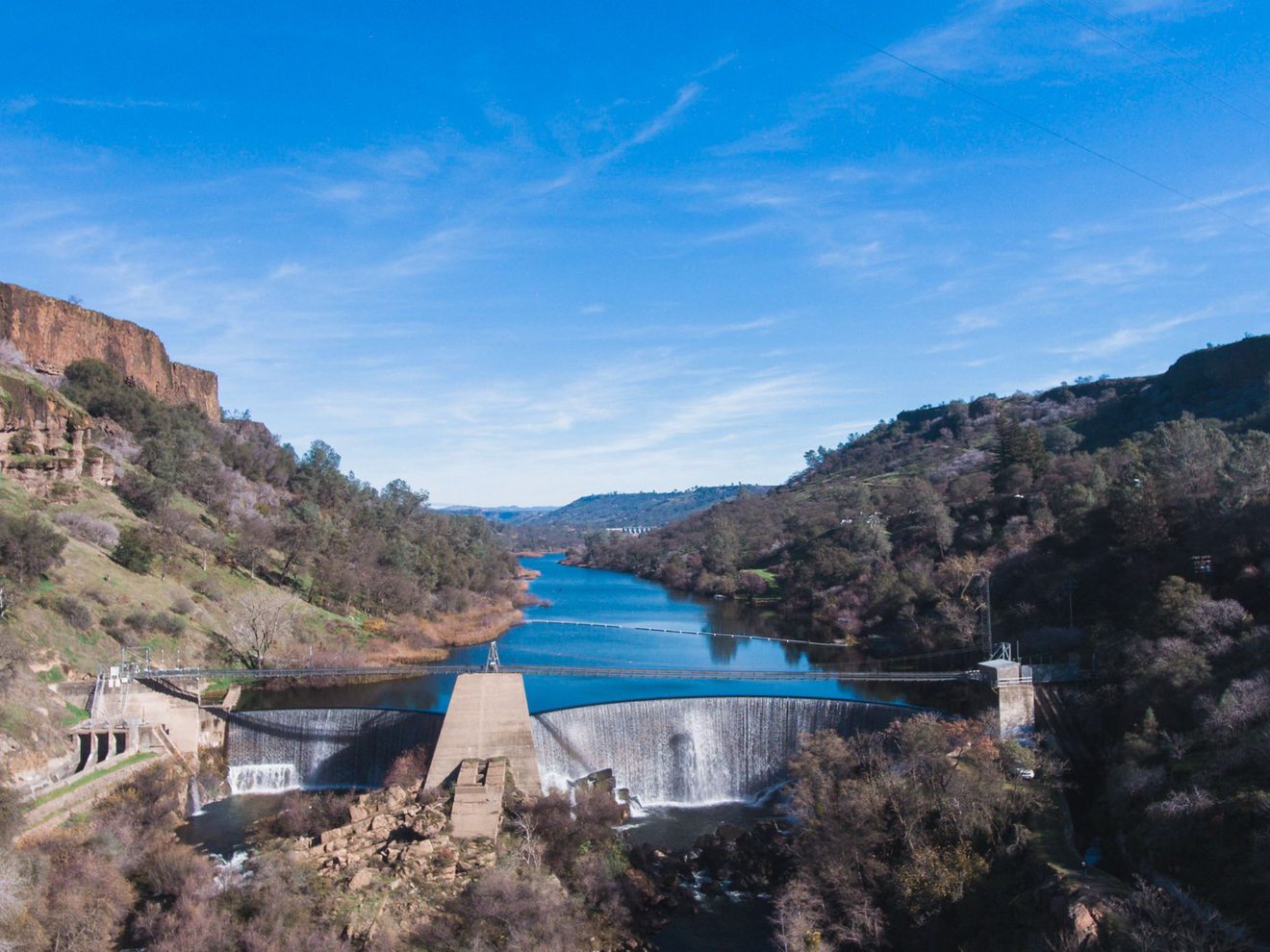
Although the major dam-building era in the United States came to an end over sixty years ago, the damming of rivers for hydropower is on the rise globally. While dams provide much-needed electricity to people, they also cause a slew of major changes to the rivers that they impede, which can dramatically impact fish populations. Though general patterns in the response of fish communities as a whole to dams have been extensively studied, how dams may specifically impact different species of fish is somewhat of a black box in fisheries science. Freshwater fish are among the most diverse group of animals on earth, and this diversity means that certain species may be able to adapt to dams, while others may not. To develop an approach to identify potential “winners” and “losers”, researchers from the University of Massachusetts, Amherst recently conducted a review of fisheries monitoring data from around the world to search for patterns in fish responses to dams (Fernandez et al. 2024). In their search for traits that might influence which species may be winners in a dammed river, they found that resilience to damming can be exceedingly difficult to predict.
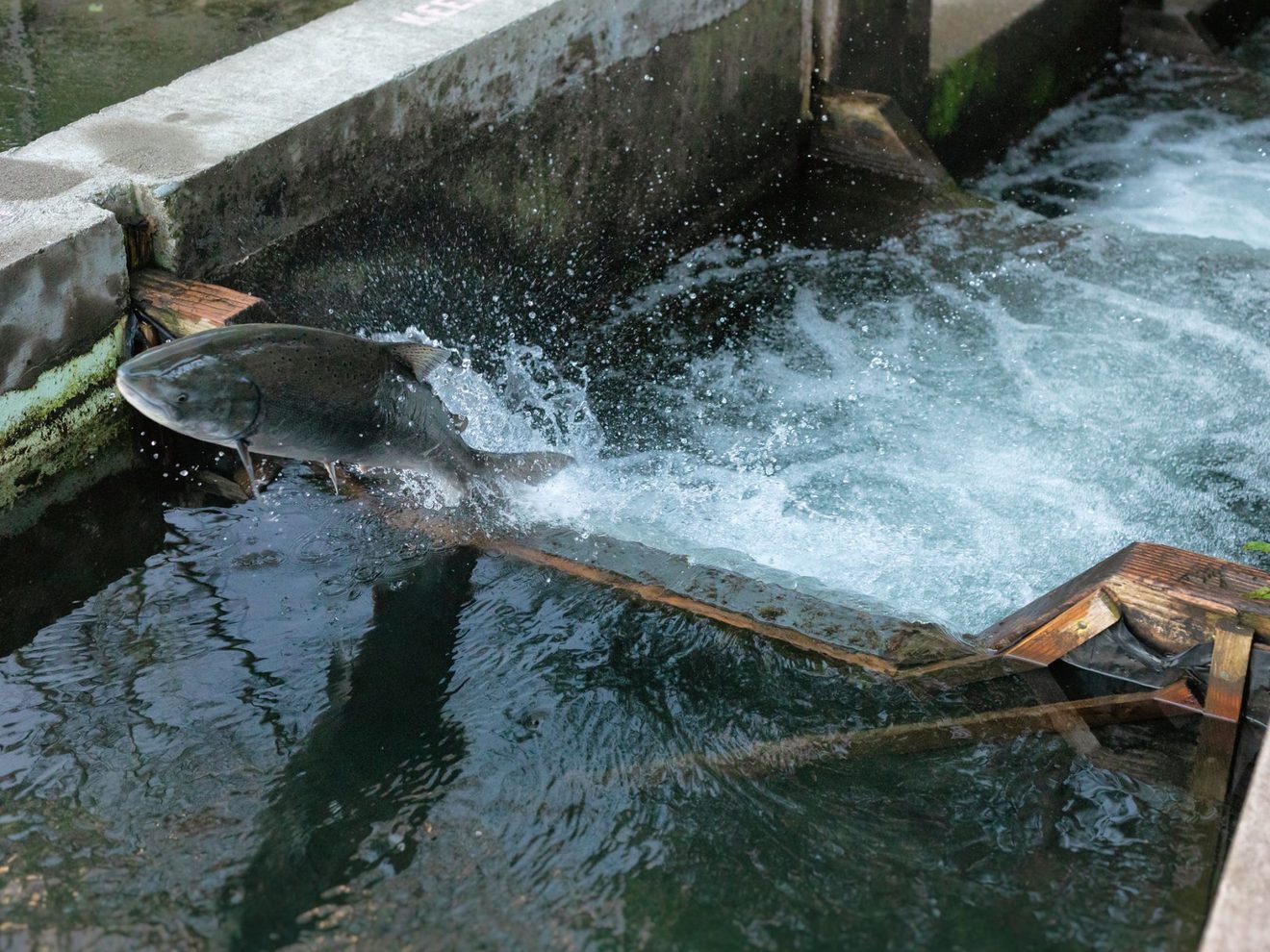
A salmon moving up a fish ladder
Understanding the impacts of dams on fish populations goes beyond just satisfying academic curiosity. In many regions of the world, people rely heavily on local fisheries to provide food and income, and changes in fish populations resulting from dam construction may lead to significant impacts on human well-being and local economies. Additionally, diverse fish communities contribute to healthy ecosystems, and the loss of this diversity may cause shifts in the function of aquatic ecosystems. Being able to predict and, more importantly, mitigate these impacts is increasingly imperative as the number of free-flowing rivers dwindles. Past studies reviewed fish monitoring data at the community scale to evaluate broad impacts of dams on river ecosystems. However, the authors of this study sought to go a step further by looking for connections between species-specific traits and the response of fish populations to dams, with the goal to develop an approach to predict population outcomes for specific species following dam construction.
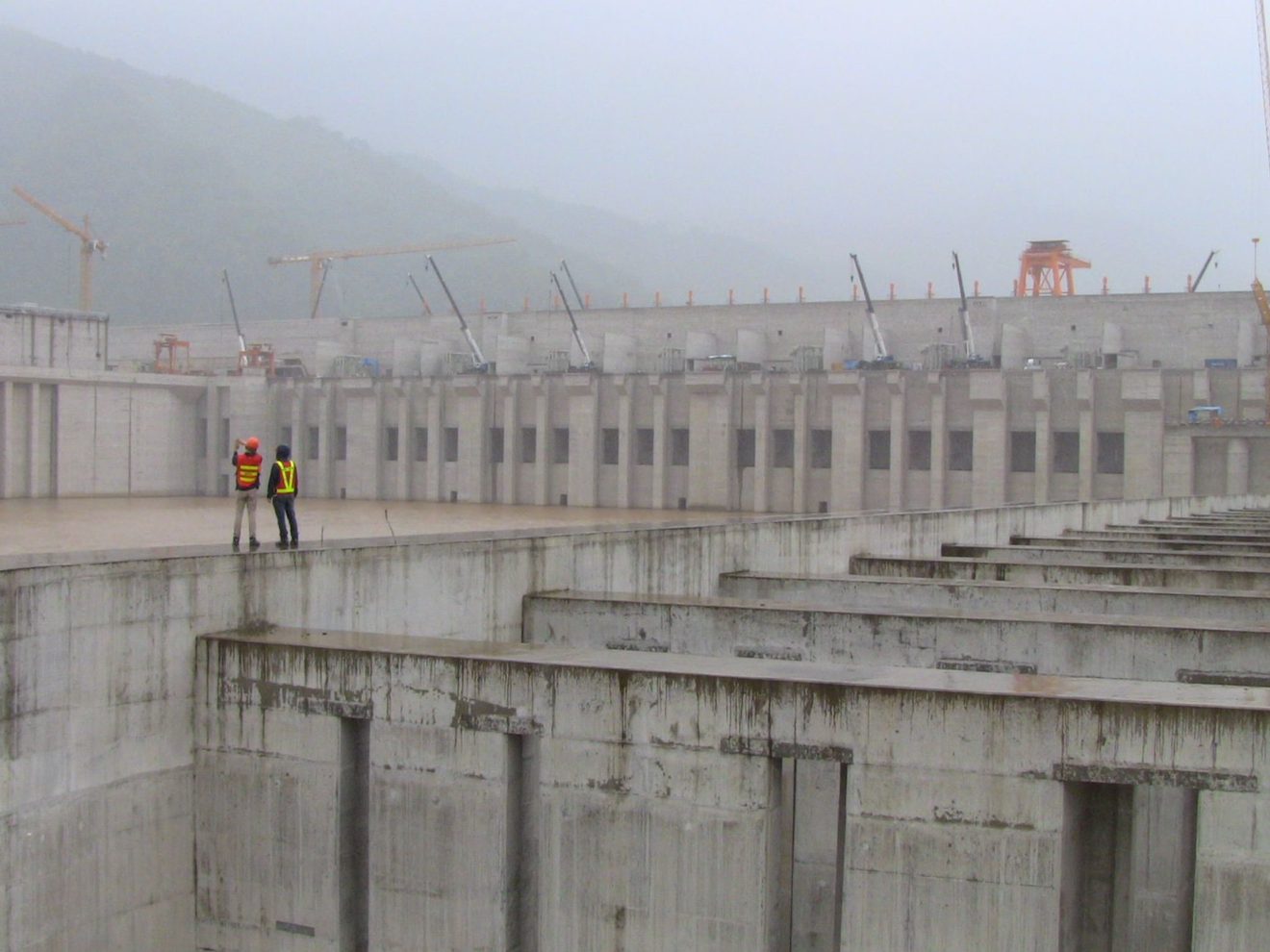
Xayaburi Dam under construction on the Mekong River in Lao People’s Democratic Republic.
Using fish monitoring data from around the globe, the researchers evaluated the relationship between several key life history traits and changes in species abundance following damming. Life history traits included body size, migratory behavior, trophic level (position in the food web), and reproductive strategies (nest guarding and parental care behaviors). Each trait was selected because previous studies provided evidence that they may be related to a species’ resilience to damming. Data on fish abundance and species compositions were obtained through a review of dozens of published studies of dam impacts, and these data were then analyzed with statistical models to search for links between the traits of various species and changes in abundance before and after dam construction.
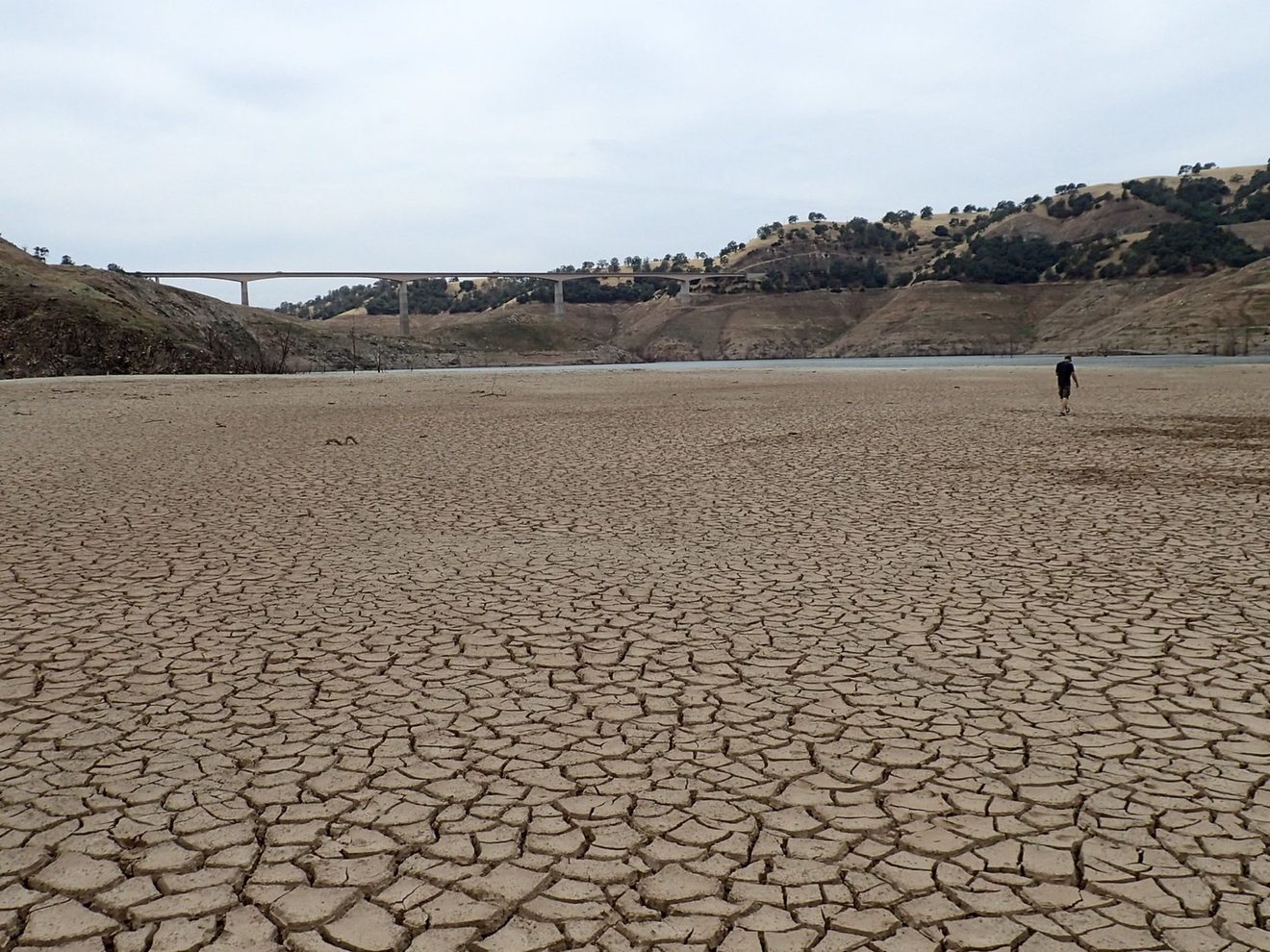
Low water at New Melones Reservoir on the Stanislaus River during a drought in 2015.
Interestingly, species response to dams did not show any clear patterns related to the assessed life history traits. Indeed, the ability of a species to adapt to dams appeared to be highly variable, and taxonomic analysis showed that only the order Eupercaria – a highly diverse group of species including perches, sculpins, black basses, and many others – had a significantly positive response to damming. However, even though the majority of species within this group showed apparent increases in abundance following damming, others within the group showed either negative responses or no response.
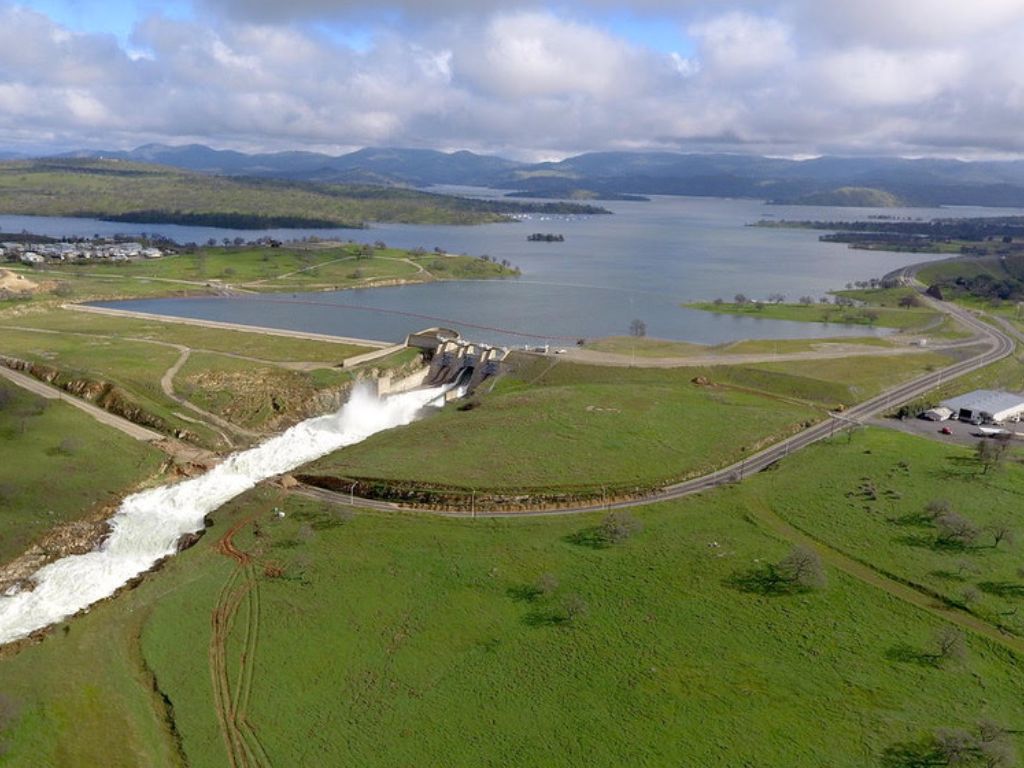
Don Pedro Dam on the Tuolumne River in California.
Although one might expect to find clear decreases in fish abundance following a disturbance as large as the damming of a river, the results of this study show that things are not always that clear cut. Past research clearly demonstrated that dams lead to negative impacts on fish, but this review indicated that in addition to these expected negative effects, dams sometimes had no apparent impact or even positive impacts on certain species, which may be a result of the ability of generalist species to more readily adapt to changes in their habitat. The researchers’ inability to decipher clear patterns suggests that predicting species-level vulnerability to damming is a challenging task.
Importantly, the authors note that most of the data used in their review comes from Europe and the United States, and less data is available for regions in the global south, where many dams are currently being developed. Therefore, conducting more research in these understudied regions is important to improve understanding of dam impacts in different rivers around the world. In general, the variation observed in this study indicates that there may not be a one-size-fits all approach to informing conservation and management strategies for dammed rivers, and the species that wind up being the “winners” and “losers” may be unexpected.
Header Image Caption: Goodwin Dam on the Stanislaus River in California
This post was featured in our weekly e-newsletter, the Fish Report. You can subscribe to the Fish Report here.
